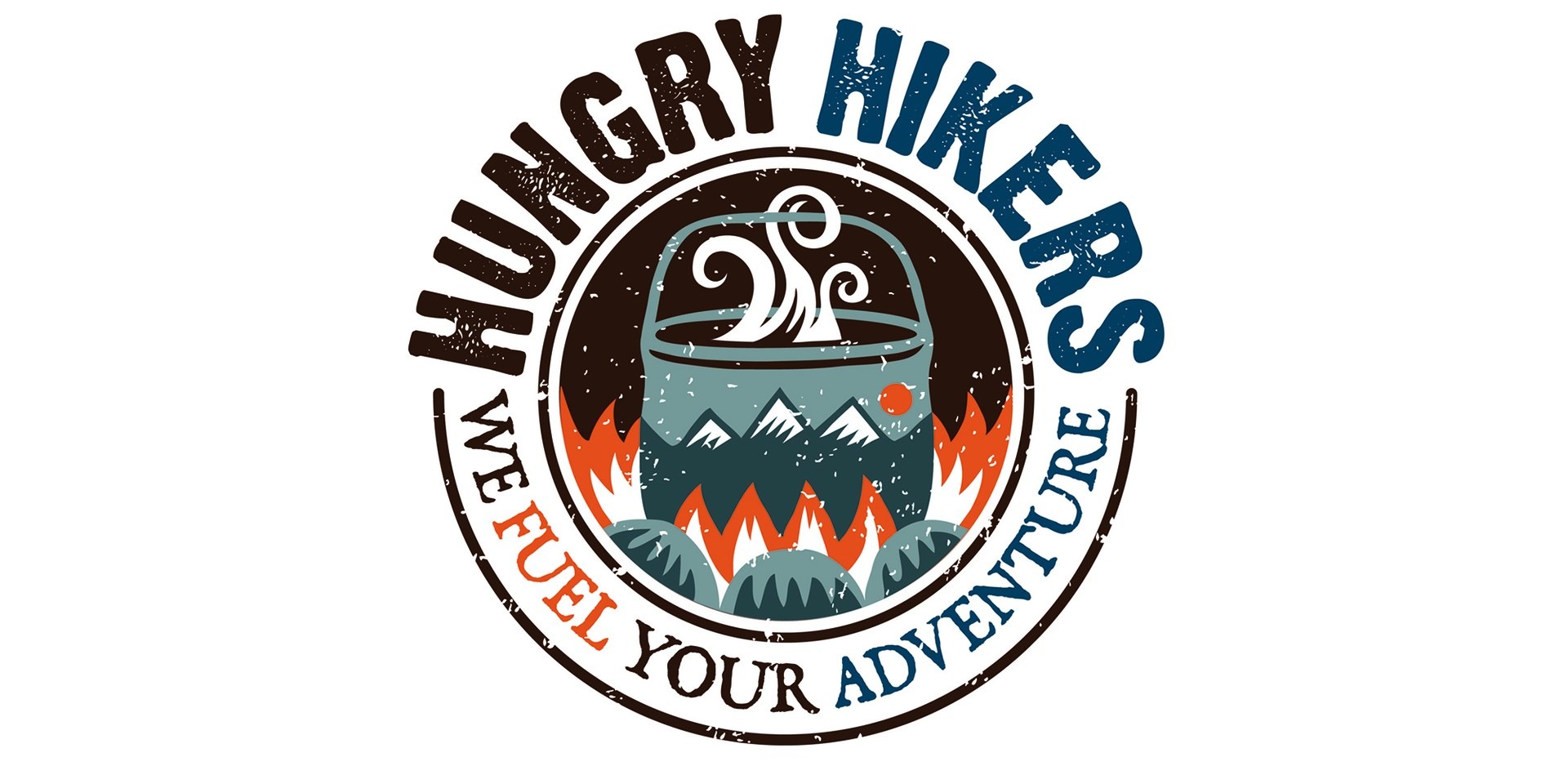You are here
Outdoor Project is excited to announce our recent partnership with Hungry Hikers!
Hungry Hikers, the makers of the “One Pot Wonder” freeze-dried gourmet adventure food, is an exciting new company based in Portland, Oregon, that supplies unparalleled, delicious, and hearty meals to outdoor enthusiasts. They have researched, developed, and now manufacture innovative and savory meals that have been tried and tested in a variety of climates, altitudes and geo-locations. Their meals are pre-packaged and require one pot, some water, a stove (or fire), and a few minutes to cook (instead of re-hydrating) to bring out the unique and delicious flavors.
Now, Sponsored Contributors will receive 35% off all Hungry Hikers merchandise; Elite Contributors qualify for a 50% discount.
We asked the folks at Hungry Hikers to take a moment to explain their process. Specifically, we wanted to know more about the differences between freeze-drying and dehydrating foods, and what factors played into their decision to work primarily with a freeze-drying process.
Freeze-dried vs. Dehydrated Food
What's the difference between freeze-dried and dehydrated food?
A lot of people use the terms dehydrated and freeze-dried as if they are synonymous. However, there are some major differences between the two processes that result in significant differences in food storage, transportation, preparation, and nutritional value.
The Dehydration Process
With any type of food preservation, moisture needs to be removed from the food. The most common way to do this is by dehydrating.
Dehydrating has been a food preservation practice for thousands of years, dating back to at least 12,000 BC. Romans and people in the Middle East dried fruits and vegetables in “still houses” that incorporated a fire to dry out and smoke foods.
Modern day dehydration isn’t that complex. Machines, like a SnackMaster Dehydrator, circulate hot and dry air across the food. This removes much of the water. The moist air is then dried so that water continues to be removed. The temperatures are high enough to remove water but not high enough to cook the food. Dehydrated food usually appears withered and feels hard.
The Freeze-drying Process
The freeze-drying process is a relatively modern preservation process, and it isn’t something you can do at home without high-tech machinery.
Some reports show that the freeze-drying process originated with the Incan Empire. However, reliable methods of freeze-drying were developed during World War II as a way to preserve blood plasma, medicine, and food for the troops.
Freeze-drying is a fairly simple process, too. The food is placed on large racks inside of a vacuum chamber. The temperature is lowered below freezing and then increased rapidly above a boiling point. The fast process removes the food's moisture without destroying its structure.
The Main Differences
The main objective of food preservation is to remove moisture so that the food doesn’t decompose, grow mold, etc. Dehydration removes between 90 and 95 percent of the moisture content, while freeze drying removes between 98 and 99 percent. Foods that you dehydrate at your home will typically have a 10 percent moisture content level, while foods that are dehydrated professionally will have a lower moisture content, which increases the shelf life.
And moisture removal has a direct impact on the shelf life. Most dehydrated products like dried fruits, vegetables, powders and textured vegetable protein (TVP) have a 15 to 20 year shelf life. However, dehydrated items like honey, salt, sugar, hard wheat, and oats have at least a 30-year shelf life. Freeze-dried foods will have a longer average shelf life. Freeze-dried fruits, vegetables, just-add-water meals and real meats have a 25 to 30-year shelf life. Ideally, all of your food storage should be stored at a temperature of 60 degrees or lower.
According to research by the American Institute for Cancer Research, freeze-dried foods retain the vast majority of the vitamins and minerals found in the original food. However, when compared to fresh fruits and vegetables, freeze-dried foods lack in some vitamins, such as vitamin C, which break down very rapidly.
Dehydration doesn’t change the fiber or iron content of food. However, dehydration can break down vitamins and minerals during the preservation process, and dehydrated foods retain less of their nutritional value when compared to freeze-dried foods. Dehydration tends to result in the loss of vitamins A and C, thiamine, riboflavin, and niacin.
One of the main differences between dehydrated and freeze-dried food is in their appearance. Most people are familiar with dehydrated banana chips, but they are not necessarily familiar with freeze-dried bananas that become soft when you place them in your mouth. Weight is another difference: Freeze-dried foods weigh much less than dehydrated foods. This makes them easier to haul or store.
Dehydrated foods require cooking, and they often require some type of seasoning. This means that you’ll need to spend time boiling the product in hot water and letting it cook. The preparation time for dehydrated products can take anywhere from 15 minutes to 4 hours. However, freeze-dried foods just need water. Adding either hot water or cold water will get the job done, depending on what you’re eating. Freeze-dried foods will usually be ready to eat in less than 5 minutes.
Hungry Hikers Food is made primarily with freeze-dried food. We believe that the freeze-drying process better maintains the food's integrity and nutritional structure, and we just think it tastes a whole lot better.
Cheers-
Your Hungry Hiker Crew





Comments
Sign In and share them.